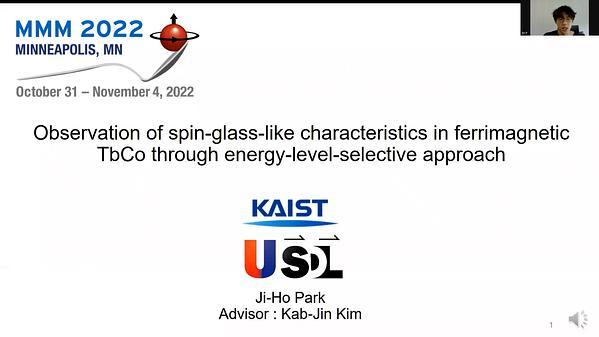
Premium content
Access to this content requires a subscription. You must be a premium user to view this content.

technical paper
Tailoring thermal hysteresis and microstructure of Ni Mn
Refrigeration based on the magnetocaloric effect (MCE) attracts a lot of attention since it can be more energy efficient and environmentally friendly than current vapor compression technology. The concept uses a solid-state magnetic material that heats up and cools down cyclically when exposed to a changing magnetic field. The development of multicaloric materials using more than one transformation-inducing stimulus opens up further possibilities to enhance the efficiency of a multicaloric cycle. One approach is to use magnetic field and uniaxial pressure alternatingly to trigger the cyclic phase transition in a multicaloric material 1,2.
In this work, we present a novel multi-stimuli cooling concept including potential material systems and methods to tailor their functional and mechanical properties. The main objective is adopting the properties for a classical MC cycle towards the extended needs of the multi-stimuli cycle using intrinsic and extrinsic means. We investigated for Ni-Co-Mn-In and Ni-Co-Mn-Ti Heusler alloys the influence of different microstructures from chemical variation and different processing routes on the magnetocaloric and elastocaloric performance 3,4. We found that preferential grain orientation in 001 direction along the compression direction is beneficial for the stress-induced transformation 3, whereas introducing secondary phases enhances the long-term stability under cyclic stress application while maintaining the caloric performance 5. For single phase Ni-Co-Mn-Ti, we tailor the phase transition by optimizing the heat treatment and varying the stoichiometry. By this, we can achieve large isothermal entropy changes of up to 40 Jkg-1K-1 in 2 T 4. In combination with very good mechanical strength, this makes Ni-Co-Mn-Ti alloys a suitable candidate for the multi-stimuli cooling cycle.
We acknowledge funding by ERC (Adv. Grant “Cool Innovâ€, GrantNo. 743116) and by DFG (CRC “HoMMageâ€, Project-ID 405553726 –TRR 270)

